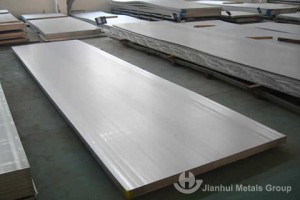
Aluminum types and applications is chemical composition added to aluminum that strengthens the element. You can find several forms of alloys which can be most effective suited for particular applications. Have you ever seen the extrusion rating 6105-T5 inside a catalog? Just before we break this quantity down, we ought to realize that you can find at the least three groups that are generally employed to categorize the alloys for extrusion.
Commercially Aluminum types and applications are produced up of roughly 99% aluminum, have exceptional corrosion resistance, a higher degree of workability and possess high thermal and electrical conductivity.
Heat-treatable alloys are strengthened by resolution heat-treating the alloyed metal to a certain point, adding the solute for the aluminum and then rapidly cooling it. The last part of the process is named aging. This could be carried out by all-natural aging, that is performed at space temperature, or by artificial aging, which is completed within a low temperature furnace.
Non heat-treatable alloys are strengthened by a approach referred to as cold working. Cold functioning occurs through rolling and forging procedures. The ?°working?± action increases the strength of the metal.
The information and facts within this table shows the Aluminum types and applications series number, alloying element made use of and also the alloy category we described above. The first number of the series number identifies the significant alloying element. So, if we take our example, 6105-T5, we find that this extrusion is heat-treated together with the alloying elements of magnesium and silicon.
Last article: how many types of aluminum is there
Next article strength of aluminum types